Students Served
The charter schools to which CSGF has provided growth capital served 725,000+ students in 2023-24, 73% of whom are from socio-economically disadvantaged backgrounds.

Each network we support is creatively tackling challenges and generating solutions to ensure students have access to a high-quality education that sets them up for long-term success. Our 2024 annual report highlights the ways schools and leaders met their unique moments in academics, innovation, and leadership throughout the year.
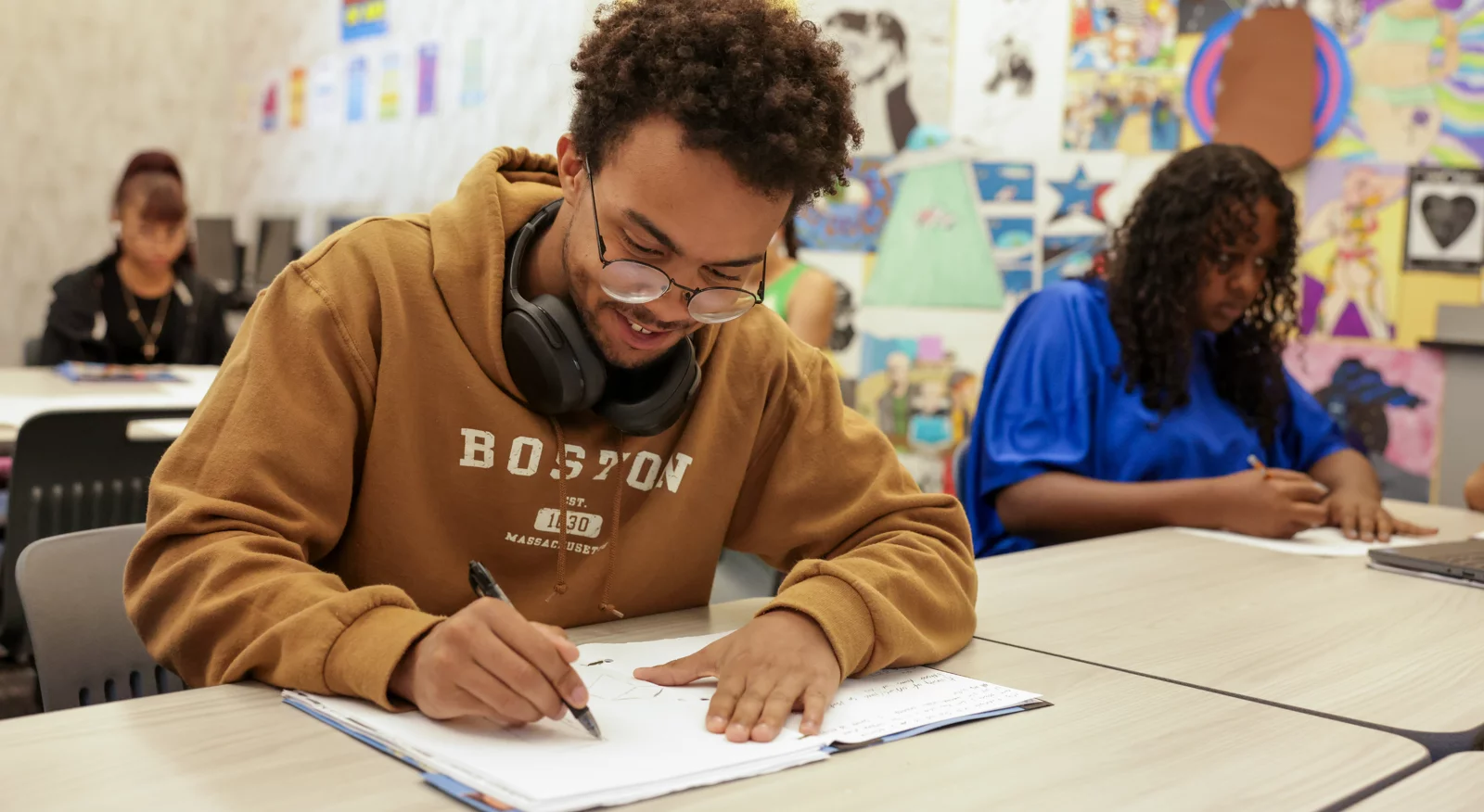
CSGF-supported charter schools across the country are focusing on meeting students where they are and are doubling down on the supports and interventions necessary to accelerate excellent academic outcomes post‑pandemic.
Recognizing the lasting impact of the pandemic on student learning outcomes nationwide, CSGF is providing additional support to the highest-performing networks in our portfolio who have developed targeted strategies to accelerate academic recovery and achievement. Across the country, these charter networks are taking different approaches based on their unique school context and student needs.
For example, with their eyes set on reaching the 95th percentile proficiency in English Language Arts (ELA) outcomes, Albuquerque Collegiate Charter School in New Mexico is investing in a redesign of their literacy curriculum and in teacher training through targeted external professional development opportunities.
In Georgia, Resurgence Hall Charter School is also focusing their efforts on improving students’ literacy outcomes. In 2023-24, 94% of Resurgence Hall third graders were reading at or above grade level. Resurgence Hall is now evaluating their current literacy model and working towards a goal of 98% of students reading at or above grade level by third grade–which would place them in the 99th percentile in the state.
“We believe if we can establish a really strong academic foundation for young people, it’ll allow them to choose a variety of options for what they do with their futures.”
Graham Browne, CEO, Forte Preparatory Academy
In Massachusetts, Brooke Charter Schools is taking part in a five-year K-12 curriculum alignment project to not only surpass their pre-pandemic levels of academic proficiency, but to also be in the top 5th percentile in both ELA and math proficiency statewide. To achieve this, Brooke is enlisting veteran teachers as “curriculum curators” to oversee the selection and codification of their best academic content, designing new lessons and curriculum, and providing support for implementation and internal professional development.
Another example is Valor Education, a CSGF-supported network in Texas working to increase student outcomes in math, with the goal of being in the 95th percentile. In 2023-24, Valor began implementing math curriculum alignment, data-informed instruction, and internal leadership development with plans to continue this work long-term by creating systems for curriculum implementation, producing tools for analyzing the efficacy of lesson execution, and building up the capacity of instructional teams to plan and execute data meetings that respond to student needs.

Whether implementing new approaches to school models to meet community needs or identifying and utilizing edtech tools to best support students and teachers, charter schools are hubs for innovation.
Leaders across the country are launching and growing high-quality public charter schools with innovative models to meet specific community needs.
For example, Tapestry Public Charter School, located in the suburbs of Atlanta, GA, was founded by a group of parents, autism service providers, and educators to create an inclusive school that supports autistic students alongside their neurotypical peers. Tapestry has since grown to serve more than 300 students in grades 6 to 12.
In Rogers, AR, Arkansas Arts Academy (AAA) is preparing almost 1,000 Kindergarten to 12th grade students for college and careers in the arts through an arts-integrated curriculum that fosters creative exploration and innovative thinking. Notably, AAA is the only K-12 arts integration school with fine arts pathways, internships, and career certifications through CTE programs in the state of Arkansas.
As part of the Tejano Center for Community Concerns, a leading community redevelopment organization, Raul Yzaguirre Schools for Success (RYSS) not only equips its 2,000 Pre-K to 12th grade students with the knowledge and skills for strong academic achievement, but also fosters the education, empowerment, and transformation of entire families, creating a lasting impact on the communities of Houston and Brownsville, TX.
In order to best serve students in Idaho no matter their location, Gem Prep originally began as an online program. The network now serves more than 3,000 students in grades Kindergarten to 12 across one high-performing online school, seven brick-and-mortar schools, and two rural microschools. At Gem’s microschools, also known as Learning Societies, a Gem-trained educator supervises a group of up to 40 students who come together in person to learn virtually, giving students in rural communities access to high-quality education.
As a part of the CSGF Innovation Strategy, through the edtech investment arm called “New Ventures,” we support both for-profit and not-for-profit organizations–many of which were started by former charter leaders from the CSGF portfolio–that focus on accelerating learning, maximizing talent, or streamlining school operations. Across all functions of school operations, from the back office to transportation to recruitment and enrollment, new advancements in technology can improve how leaders operate their schools, freeing up more resources to focus on academics.
Through this strategy, we invested in Playlab, a platform that helps teachers and administrators build AI-powered modules to solve a range of tasks like data analysis, enrollment tools, and coaching and feedback generation. To date, Playlab has been used by ~1,000 staff members across 50+ CSGF-supported networks. KIPP SoCal used Playlab to build a suite of HR tools to improve critical internal processes like performance reviews, benefits selection, and providing staff with quick answers to HR policy questions.
“KIPP SoCal is harnessing the power of artificial intelligence to enhance efficiency and innovation in our operations. By implementing AI-driven tools, we streamline processes, support effective communication and empower our team members.”
Michelle Rojas-Soto, KIPP SoCal
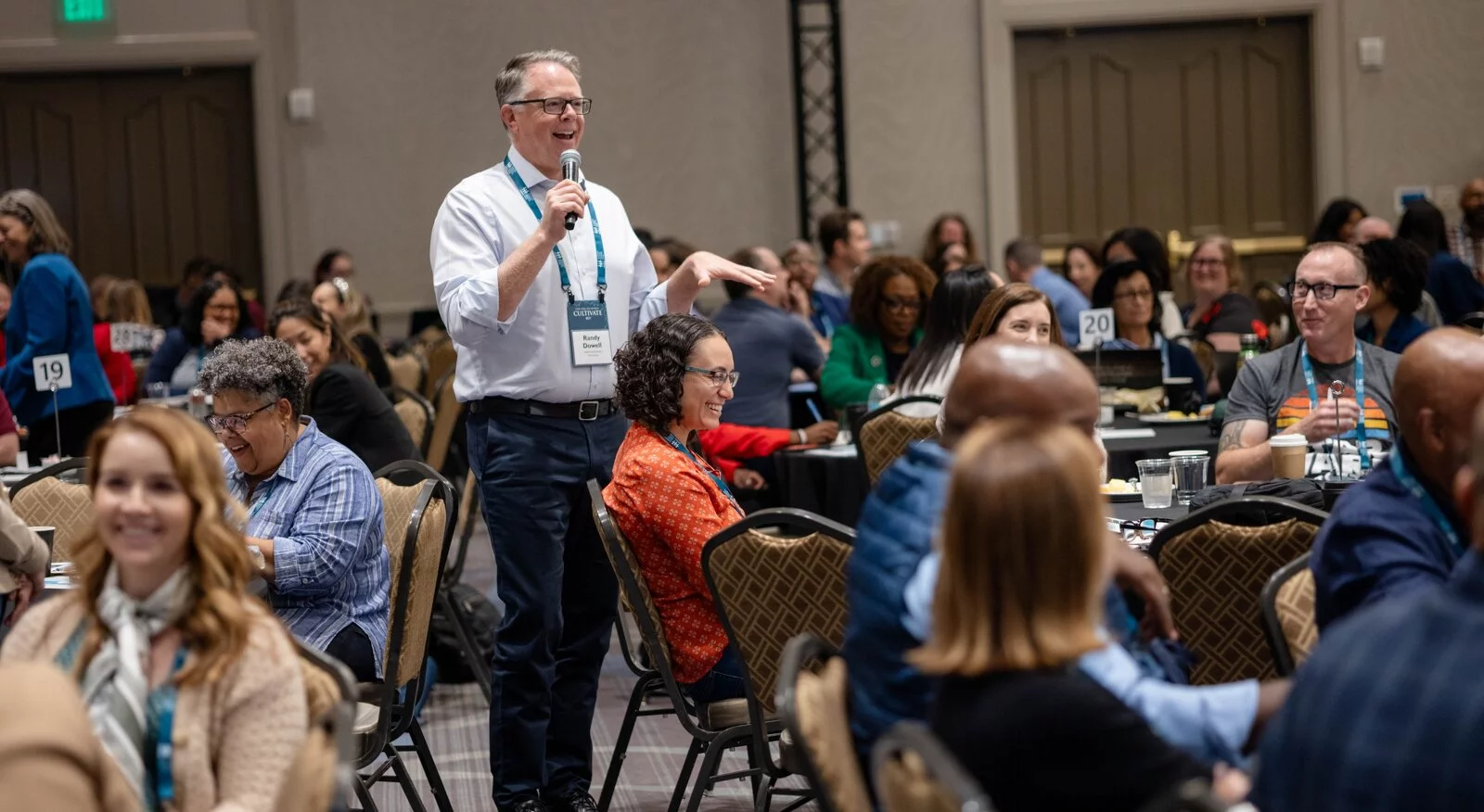
Since their inception, high-performing public charter schools have achieved some of the most significant positive education outcomes for children from historically underserved communities. Much of this success can be attributed to strong leadership as a key to building and sustaining schools that achieve excellent student outcomes well into the future.
The role of CEO of a charter school network has become increasingly complex and demanding in recent years. In 2023, we set out to understand what differentiates the most effective charter school CEOs and glean how they sustain excellence in building organizations that can endure and thrive for the long haul. After an in-depth look into the practice of dozens of charter CEOs, coupled with insights from management research across diverse sectors over time, we developed the Charter School CEO Excellence Framework.
Co-created with over 20 of our portfolio’s strongest CEOs and key partners from across our ecosystem, the framework aims to clarify this unique role and highlight the core competencies essential for successfully leading a strong charter school network at scale. Our thesis: CEOs of high-performing charter networks consistently achieve excellence through five key leadership competencies.
CSGF’s annual CEO Retreat in October brought together more than 250 portfolio CEOs, investors, and ecosystem partners from across the country. During the keynote session, CEOs used the new CEO Excellence Framework to reflect on their own leadership superpowers and determine a leadership competency they wanted to sharpen. Seasoned leaders from the CSGF portfolio then hosted a series of “spark sessions” highlighting their unique strengths across each leadership domain, bringing the framework to life through practices that all CEOs could immediately implement in their organizations.
As our portfolio matures, we believe long-term success is dependent on leaders that not only achieve transformational impact for students but also build organizations that can last and thrive beyond their tenure. In our CEO Leadership practice, we are making targeted investments in talent pipeline efforts, succession planning, and in supporting new successor CEOs as they navigate critical moments and accelerate their leadership in their first two years.
We recognize that a strong start is critical for successor CEOs, which is why we are taking a multi-faceted approach of support through the “New Successor CEO Experience.” This includes providing new CEOs with the tools and resources to address their immediate needs, connecting them with seasoned leaders who deeply understand the demands of the role and can offer valuable, real-world insights to guide their decisions, and matching them to expert executive coaches, development programs, and strategic partnerships within our ecosystem.
The map below indicates the number of CSGF-supported public charter schools operating in each state. This table shows the number of new CSGF-supported schools that opened in each state in 2023-24.
We monitor portfolio network performance across several domains including growth, academic performance, financial sustainability, and demographics.
CSGF made more than 350 new grants, loans, contracts, and mission-related investments to 250+ different organizations in 2024
At CSGF, we believe every child deserves an excellent education. With your investment, ongoing support, and shared commitment to this belief, we are steadily working towards our goal of one million children across the country attending excellent, CSGF-supported public charter schools by 2030.
For CSGF, excellence looks like charter school networks who are not only delivering a high-quality academic curriculum, but who are also increasing access to opportunities—whether in the school building or outside of it—that help students find and cultivate their passions and purpose. They are helping students and families feel a sense of agency in shaping their lives and creating a better future. This includes networks like Harmony Public Schools in Texas, who is providing students with a rigorous, project-based STEM curriculum, or i3 Academy in Alabama, whose high school students can easily dual enroll in college courses without leaving the school building.
The findings of the recent Progressive Policy Institute report titled “Searching for the Tipping Point: Scaling Up Public School Choice Spurs Citywide Gains,” added to the emerging body of evidence that shows that public charter schools are not only boosting outcomes for their own students, but for all students—including those attending neighboring district schools. Many of the high-performers noted in the study are from the CSGF portfolio, including Purdue Polytechnic High School in Indiana and Great Oaks Legacy Charter School in New Jersey. As evidenced by the networks highlighted in the study and in this Annual Investor Report, charter schools have the unique ability to adapt to the specific needs of students, families, and communities—and doing so benefits everyone. We believe that a diversity of high-performing schools is critical—so that whether students want to be immersed in a foreign language or explore the fine arts or prepare for their futures by completing college courses or professional certificates, public charter schools are meeting those needs. It is important that we continue to grow great schools that are meeting the moment to improve outcomes for all students.
With your committed partnership, we are able to invest in charter school leaders who are creating and growing innovative, high-quality public charter networks that have the power to change students’ futures and transform communities. We are deeply grateful for your trust and support—and are inspired by your steadfast investment in this work.
With deep gratitude,
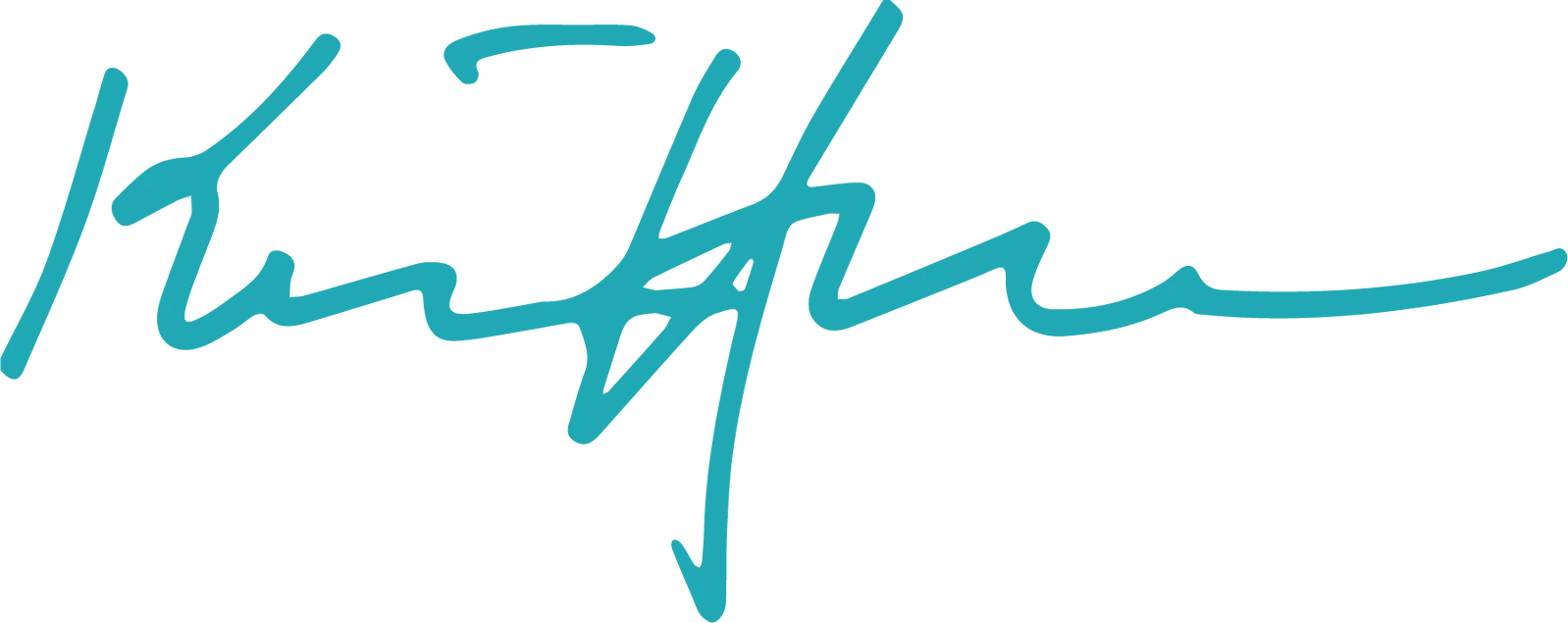
Kevin Hall, CEO
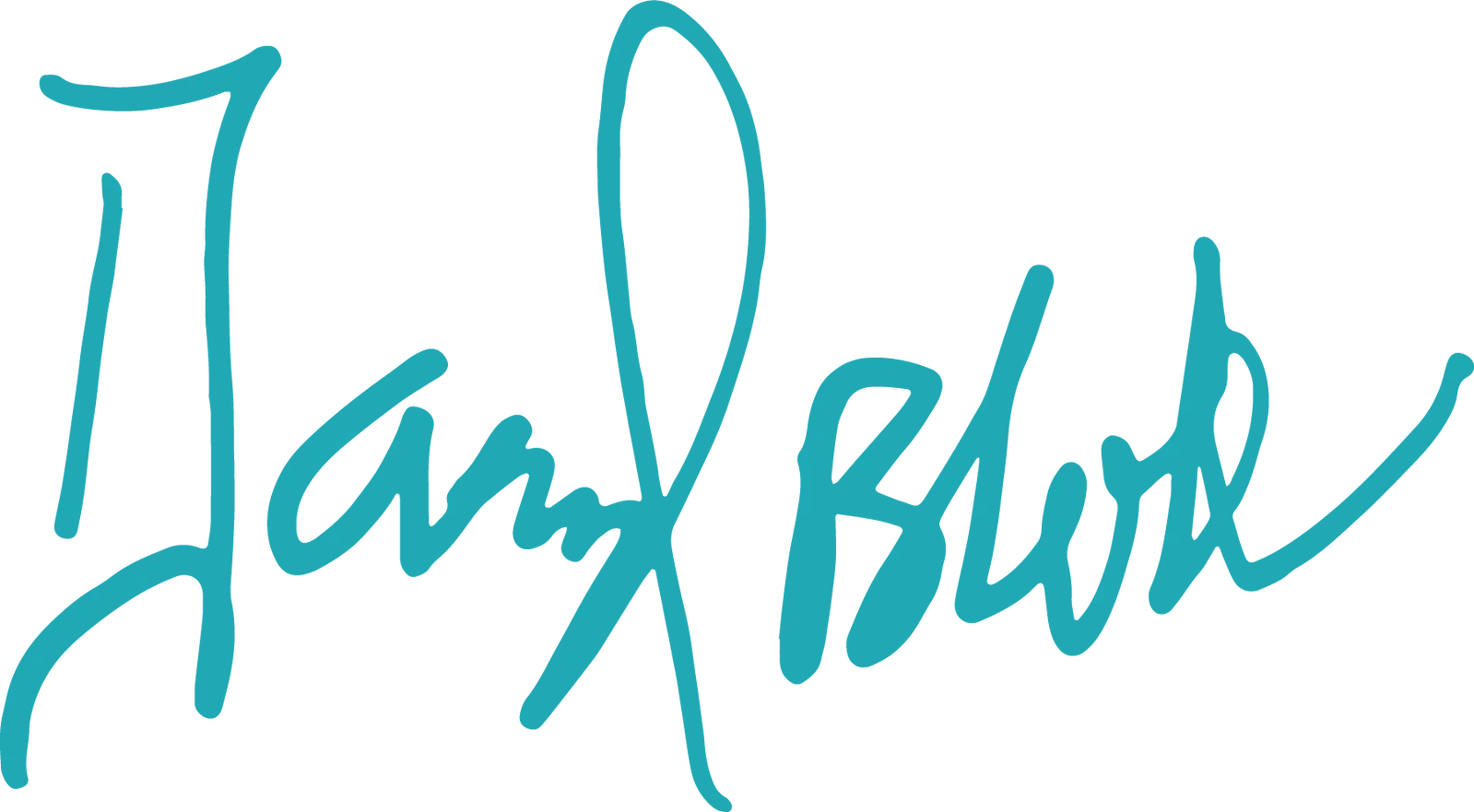
Darryl Cobb, President
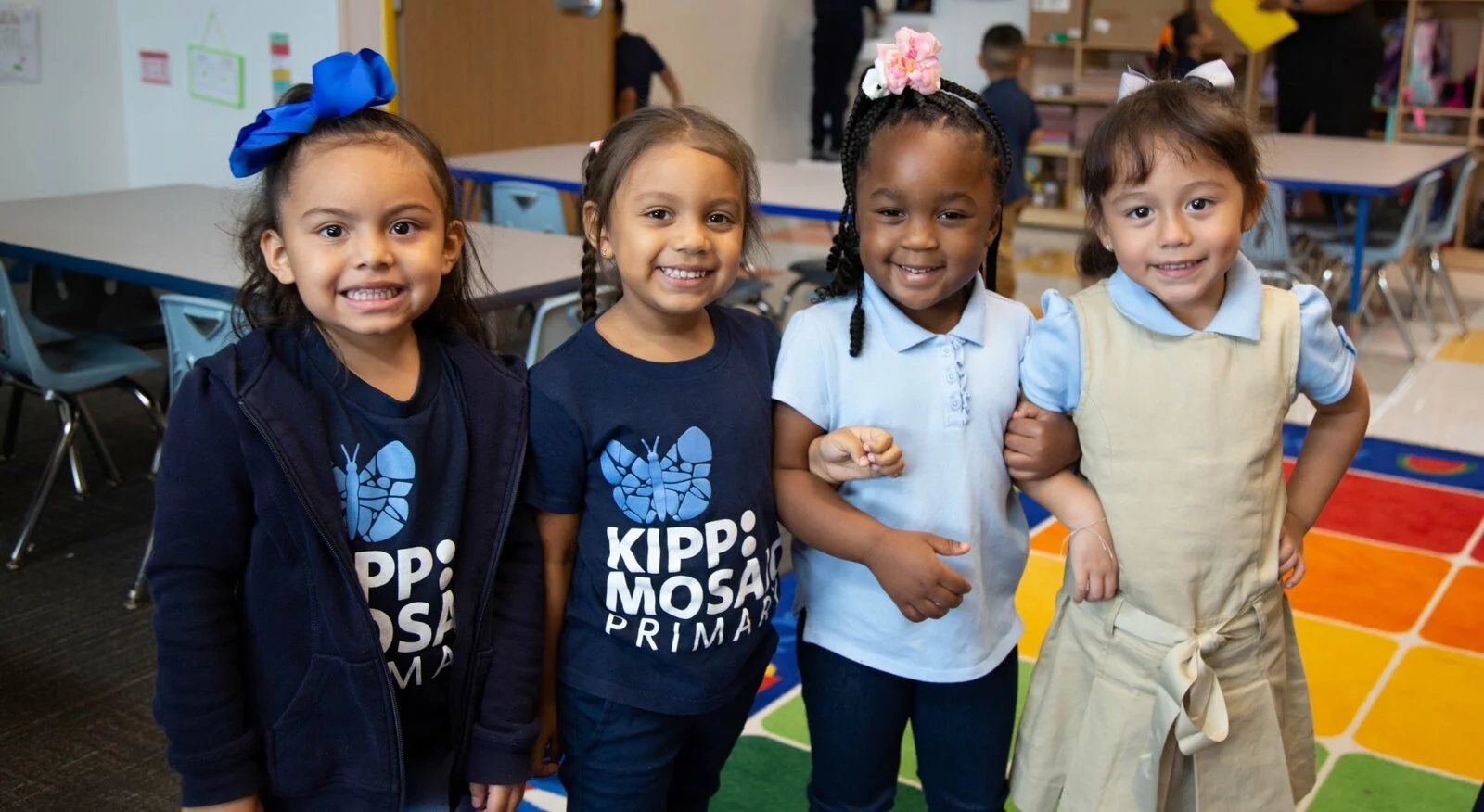
CSGF’s impact would not be possible without the insight of our board of directors, the generosity of our donors, and the bold visions of our portfolio networks.